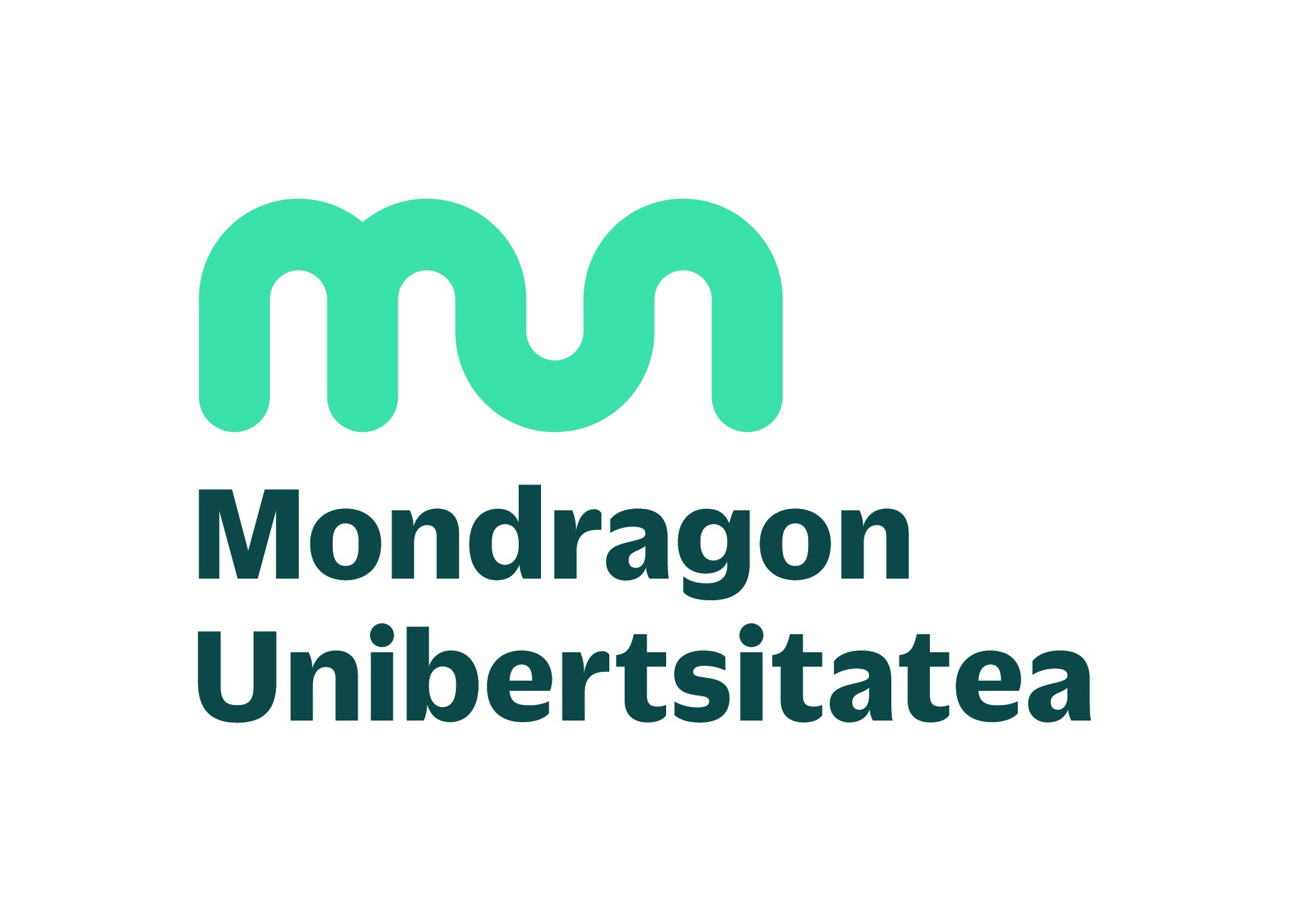Direct current (DC) low voltage microgrid
DESCRIPTION
It is a 48 V nominal voltage microgrid that incorporates several storage systems and photovoltaic panels through dc-dc converters, and a programmable power supply and load to emulate generation and demand profiles. The main purpose of this microgrid is to test, analyse and validate simulation models and local control techniques for storage and generation systems, as well as energy management strategies for dc electrical systems.
MOST OUTSTANDING EQUIPMENT AND COMPONENTS
200DCDC750DE MSc 7 kW bidirectional dc-dc converterBidirectional dc-dc converter with a nominal current of 120 A and a maximum current of 200 A.
Nominal input voltage of 750 V and nominal output voltage range of 360-750 V.
Efficiency of 85-97%.
It is controlled through analogical setpoints.
There are 5 four-switch buck-boost converters with 500 W nominal power and 48 V nominal voltage controlled by Texas Instruments TMS320F28335 DSPs. These converters are used to connect the generation and storage systems to the microgrid.
Any control strategy can be implemented in these controllers by directly generating C code or through Simulink models.
2 kW controllable DC source (maximum values of 150 V/40 A) with different functions. Can be remotely controlled by the Chroma Softpanel control panel (together with the programmable load described below) to emulate generation and load profiles on the microgrid. In addition, it can be programmed as a set of solar panels using other Chroma software, to test different MPPT techniques or dc converters against this solar panel emulator.
Another advantage is that it can be remotely controlled using LabVIEW (there are VIs developed by Chroma for this purpose).
It connects to the computer using serial communication.
15 kW dissipative load with different charging modes: constant current, constant resistance and constant power.
Can be controlled remotely from Chroma Softpanel and also through LabVIEW.
It connects to the computer using serial communication.
The Speedgoat input/output modules installed on this platform are IO204 (parallel digital I/O module), IO334 (Simulink programmable FPGA analog I/O module), IO334(2), and IO334-21 (an I/O signal conditioning plug-in for IO3XX FPGA I/O modules to convert LVCMOS back lines to TTL, with Simulink controller blocks).
This equipment allows real-time simulations of physical systems (electrical systems, electronic converters, etc.), allowing control techniques to be validated on external control and energy management platforms.
SERVICES OFFERED BY THE ASSET

Rapid control prototyping (RCP)

Validation of 48 V nominal voltage dc-dc converter topologies

Validation of control platforms and control strategies in real-time

Validation of converter control techniques and energy asset management strategies
ENTITY MANAGING THE ASSET

Mondragón Goi Eskola Politeknikoa JMA SCoop
Contact person: Eneko Unamuno Ruiz


